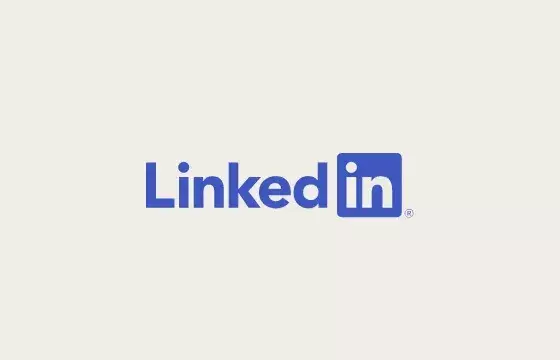In the rapidly evolving landscape of social media, LinkedIn—a platform famously rooted in professional networking—finds itself increasingly plagued by artificial engagement. Over recent weeks, the specter of fake profiles, engagement pods, and automation-driven comments has grown louder among its user base. These manipulative tactics distort authentic interaction, creating an illusion of vitality that benefits some while ultimately harming the platform’s integrity. The prevalence of these issues underscores a larger, systemic challenge: how can a professional platform maintain credibility when its core measure of success—user engagement—is so easily manipulated?
What’s particularly disconcerting is the rise of organized groups known as engagement pods, where members coordinate to comment, like, and share content artificially to inflate visibility. Coupled with the proliferation of AI-powered tools able to post comments en masse, this trend skews metrics and erodes trust among serious users. It no longer seems sporadic; it has become a fundamental flaw threatening the platform’s reputation, and by extension, its business model.
LinkedIn’s Recognition and Response
Acknowledging this grim reality, LinkedIn appears to be shifting gears in its approach to policing such manipulative activities. The company’s latest move is more than mere lip service—it signals a conscious effort to combat these issues at a systemic level. Recently, LinkedIn updated its comment policy, explicitly stating that it may restrict the visibility of comments generated through automation or excessive activity. This is not just a token gesture but an explicit codification of the platform’s stance that automation and coordinated engagement violate its standards.
While some might dismiss this as a minor update to policies, its importance cannot be overstated. It exemplifies LinkedIn’s recognition of automated and superficial engagement as threats to its core value. More significantly, this policy change lays the groundwork for enforcement, allowing the platform to proactively limit or hide suspicious activity rather than merely react after the damage is done. It signals that LinkedIn considers authentic engagement an essential pillar of its ecosystem, and it is willing to take concrete measures to preserve it.
The Challenge of Enforcement and the Platform’s Intent
Enforcing these new policies, however, will not be without difficulty. Many automated comments originate outside LinkedIn’s policing reach—coordinated off-platform activities, third-party services, and sophisticated AI tools make detection a complex game of cat and mouse. Nonetheless, LinkedIn’s acknowledgment of these problems and official inclusion of limits in its policies demonstrate its desire to address the issue head-on.
Some skeptics argue that LinkedIn’s enthusiasm for high engagement metrics might conflict with its efforts to curb automation. It’s tempting to speculate whether more activity—regardless of its authenticity—has historically been seen as a driver of growth and investor confidence. If true, this tension complicates efforts to genuinely clean up the platform. Still, the move to restrict visibility of automated comments suggests an understanding that superficial engagement diminishes genuine user experience, which can ultimately hurt the platform’s credibility.
More ambitious solutions could involve not just detection and limitation but legal action against services that create fake engagement networks. These providers often operate in the shadows, and cracking down on them would send a clear warning that artificial interaction no longer has a tolerated foothold on LinkedIn. Whether this will happen remains uncertain, but recent policy shifts indicate a willingness to escalate efforts if necessary.
The Broader Implications for Professional Networking
This strategic pivot by LinkedIn signals a significant shift in how professional social platforms must operate to survive in an era swamped with automation and manipulation. Users seeking meaningful connections will be increasingly disillusioned if they perceive that engagement metrics are fabricated. For brands and recruiters, inflated activity metrics distort the true reach and influence of content, leading to misguided strategies.
What makes this development so promising is that it reaffirms LinkedIn’s core mission of fostering genuine professional growth. By taking concrete steps to minimize artificial engagement, the platform validates the importance of authenticity in professional relationships. The move to limit automated comments and engagement aligns with a broader trend across social media to restore trust and prioritize real interactions over superficial metrics.
Keeping the focus on authenticity, however, requires more than policy updates. It demands continuous technological innovation, vigilant enforcement, and perhaps most critically, a cultural shift among users to value quality over quantity. If LinkedIn leverages these strategies effectively, it can redefine its identity as a platform where genuine professional relationships flourish amid the noise of automation. In the end, the platform’s success hinges on its ability to prioritize trust over fleeting engagement spikes, positioning itself as the gold standard for authentic professional networking in an increasingly artificial digital landscape.

